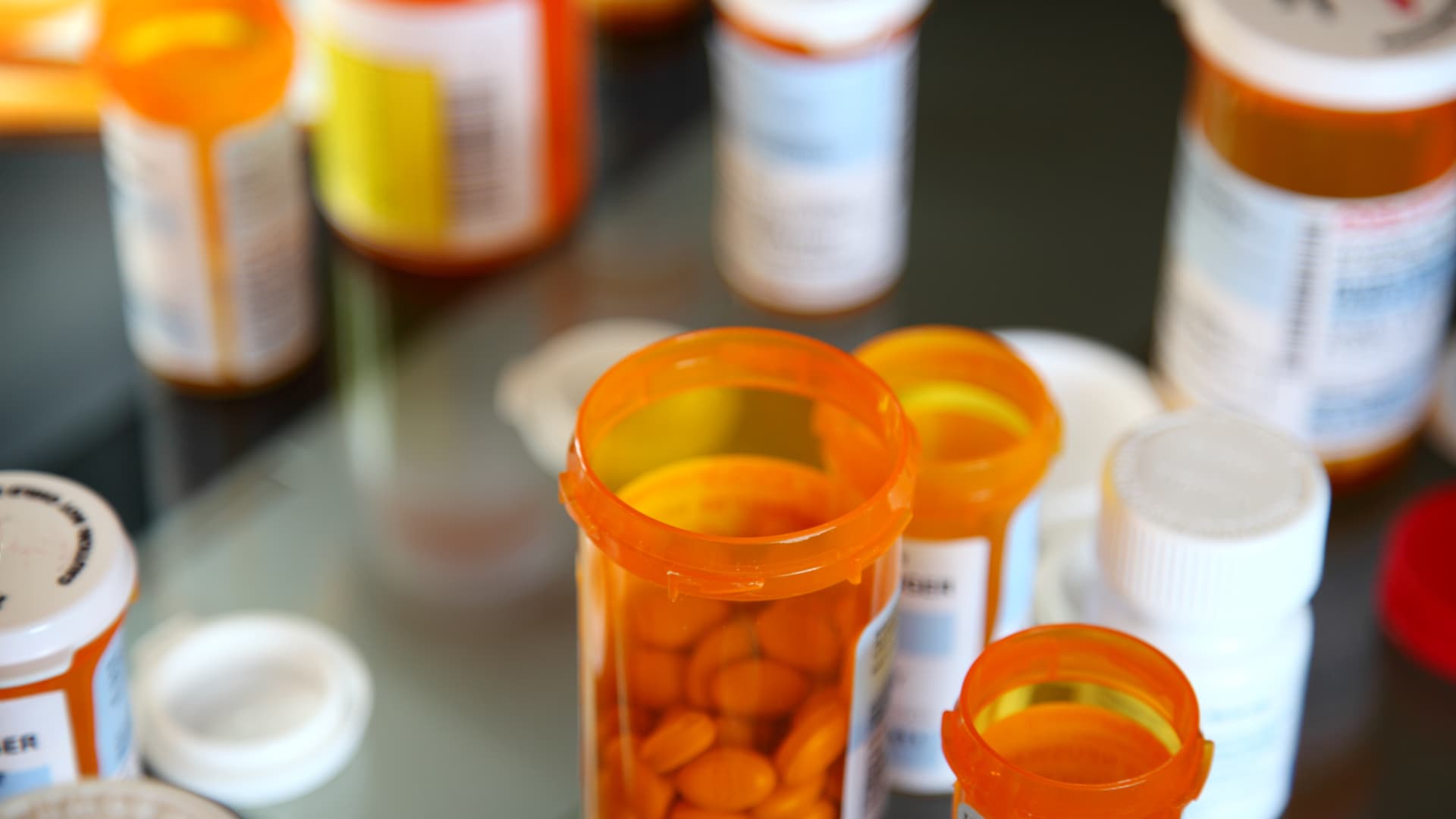How Trump’s Tariffs Could Impact Your Prescription Costs and Drug Availability
As the administration’s tariff policies evolve, drug trade groups are raising alarms about potential hikes in medication prices and looming shortages. The implications for healthcare consumers could be significant, prompting a closer look at the intersection of trade policy and public health. Understanding how Trump’s tariffs could impact your prescription costs and drug availability is crucial for anyone navigating the complexities of healthcare in today’s economy.
The Economic Landscape of Tariffs
Tariffs, essentially taxes imposed on imported goods, are designed to protect domestic industries by making foreign products more expensive. While they can support local jobs and manufacturers, they can also lead to unintended consequences, especially in sensitive sectors like pharmaceuticals. The pharmaceutical industry relies heavily on global supply chains for raw materials and finished products. When tariffs are applied to these imports, the costs can trickle down to consumers in the form of higher prescription prices.
Understanding the Pharmaceutical Supply Chain
The pharmaceutical supply chain is complex and often global. It includes:
- Raw Material Suppliers: Many active pharmaceutical ingredients (APIs) are sourced from countries like China and India.
- Manufacturers: Finished drugs are often produced in various locations before reaching the U.S. market.
- Distributors: These entities play a critical role in getting medications from manufacturers to pharmacies and hospitals.
- Pharmacies: The end point where consumers purchase their medications.
When tariffs are imposed on imports, costs can increase at any point along this chain, ultimately affecting consumers. For example, if tariffs increase the cost of raw materials, manufacturers may raise their prices to maintain profit margins, leading to higher drug prices for consumers.
The Potential Rise in Prescription Costs
One of the primary concerns surrounding Trump’s tariffs is the potential for increased prescription costs. A report from the American Action Forum suggests that tariffs on pharmaceuticals and related products could increase drug prices by 5-15%. This increase could be particularly burdensome for individuals who rely on regular medications, such as those with chronic conditions.
Additionally, the pharmaceutical industry has expressed concerns that tariffs may discourage innovation. When companies face higher costs, they may cut back on research and development, ultimately affecting the availability of new drugs in the market. This could lead to a stagnation in the advancement of medications that could help millions of patients.
Drug Availability and Shortages
Another significant concern is the potential for drug shortages. Tariffs can disrupt supply chains, leading to delays and reduced availability of critical medications. For instance, if a manufacturer faces high costs due to tariffs, they may prioritize producing more profitable drugs over essential medications, leading to shortages of life-saving treatments.
The American Society of Health-System Pharmacists has reported that drug shortages have become increasingly common in recent years, and tariffs could exacerbate this issue. Patients may find themselves unable to access necessary medications, leading to dire health consequences.
Consumer Impact: Real Stories
To understand the real-world implications of rising prescription costs, consider the case of Sarah, a diabetes patient who relies on insulin. When the price of her medication increased due to tariffs, she found herself struggling to afford her essential prescriptions. Sarah’s experience is not unique; many patients are forced to make difficult choices about their health due to rising drug prices.
Moreover, the impact is not limited to individuals with chronic diseases. Families may find themselves facing financial strain when medications for children, such as antibiotics or inhalers, become more expensive. The ripple effect of tariffs on drug prices extends to all corners of the healthcare landscape.
Policy Responses and Solutions
In light of these potential challenges, various stakeholders are calling for policy responses to mitigate the effects of tariffs on the pharmaceutical industry. Some proposed solutions include:
- Negotiating Tariff Reductions: Engaging in discussions with trade partners to reduce or eliminate tariffs on pharmaceutical imports.
- Promoting Domestic Production: Encouraging local manufacturing of critical drugs to reduce reliance on foreign suppliers.
- Implementing Price Controls: Considering measures to control drug prices, ensuring that essential medications remain affordable for consumers.
While these solutions may not be easy to implement, they are essential for protecting public health and ensuring that individuals have access to the medications they need.
What Can Consumers Do?
For consumers, navigating the complexities of prescription costs and availability can be daunting. Here are some steps you can take to protect yourself:
- Stay Informed: Keep up with news related to tariffs and their potential impact on the pharmaceutical industry.
- Talk to Your Healthcare Provider: Discuss alternative medications or generics that may be more affordable.
- Utilize Prescription Assistance Programs: Many pharmaceutical companies offer programs to help reduce the costs of medications for eligible patients.
- Shop Around: Prices for medications can vary widely between pharmacies, so it may be worth comparing prices.
Conclusion
As Trump’s tariffs evolve, their impact on prescription costs and drug availability remains a critical concern for consumers. The implications extend beyond mere economics, touching the lives and health of millions of individuals who depend on affordable medications. By understanding these dynamics and advocating for sensible policy solutions, we can work towards a healthcare system that prioritizes both public health and economic stability.
In these challenging times, knowledge is power. Staying informed and proactive can help consumers navigate the complexities of prescription costs and ensure they have access to the medications they need.
See more WebMD Network



